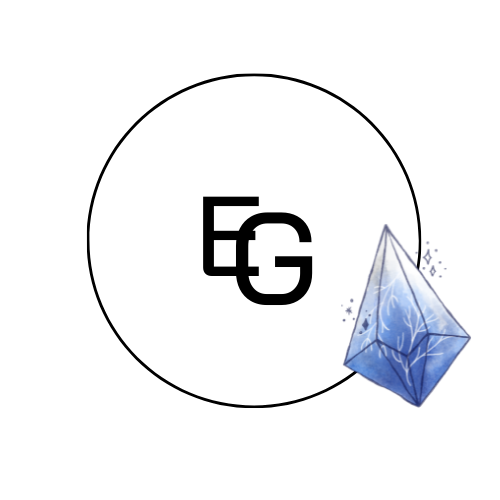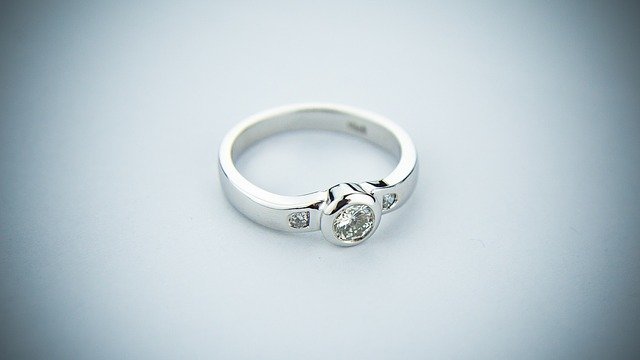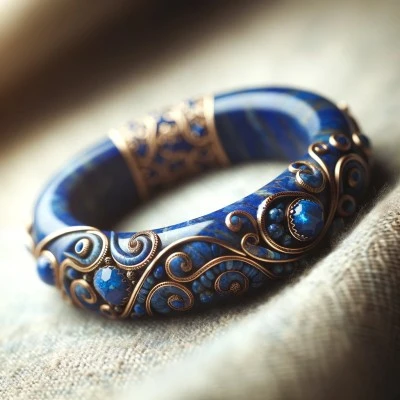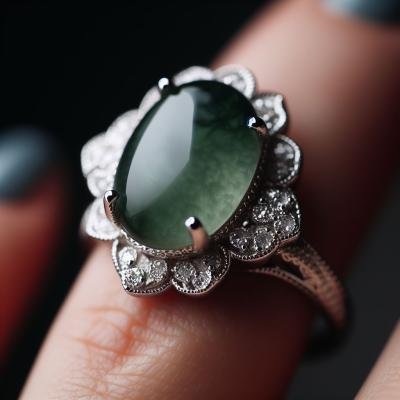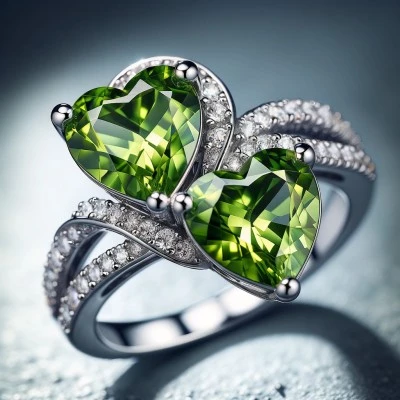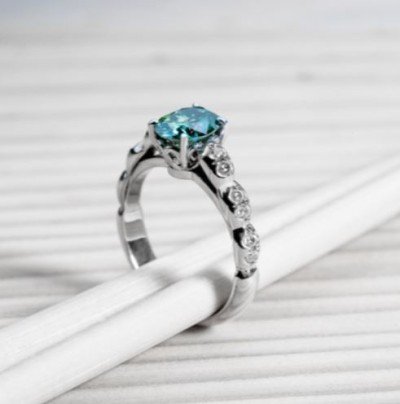The Allure of Authenticity: A Comprehensive Guide on How to Tell if Ametrine is Real
Ametrine, a unique gemstone blending amethyst and citrine hues, is prized for its striking color fusion. However, with the rise of synthetic and imitation stones, distinguishing genuine Ametrine from counterfeits can take time and effort. This article explores practical methods to identify authentic Ametrine, ensuring enthusiasts can appreciate its natural beauty and value with confidence.
I. Introduction to Ametrine
A. Overview of Ametrine
Ametrine is a captivating gemstone that is a natural combination of two distinct quartz varieties: amethyst and citrine. This rare gemstone is cherished for its unique gradient coloration, typically featuring a harmonious blend of purple and yellow hues. Its origin is primarily linked to Bolivia, but it is also found in other parts of the world. The allure of Ametrine lies in its dual color, making each stone distinct and visually striking.
B. Importance of Authenticity
The growing market for Ametrine has led to an increase in synthetic and imitation stones. Authentic Ametrine is valued not just for its beauty but also for its rarity and natural formation. Understanding how to identify real Ametrine is crucial for collectors, jewelers, and gem enthusiasts. Recognizing genuine Ametrine ensures the value and integrity of the stone, safeguarding one’s investment in this unique gemstone.
II. Physical Characteristics of Genuine Ametrine
A. Color and Clarity
Genuine Ametrine is characterized by its distinct color zones of purple and yellow. The purple is reminiscent of amethyst, while the yellow resembles citrine. The transition between these colors should be clear but natural, often displaying a gradient effect. Unlike synthetic versions, the color zoning in natural Ametrine is usually uneven and irregular. In terms of clarity, real Ametrine is mostly transparent with few inclusions, which are natural flaws that can often add to the stone’s uniqueness.
B. Crystal Structure and Formation
Ametrine’s crystal structure is hexagonal, typical of quartz minerals. This crystalline structure is key in identifying authentic Ametrine. The natural formation process involves varying temperatures during formation, influencing the color distribution. This unique formation cannot be perfectly replicated in synthetic stones, making it a critical factor in authentication.
C. Inclusions and Imperfections
Natural Ametrine often contains inclusions such as mineral traces, gas bubbles, or tiny fractures. These inclusions indicate the stone’s natural formation and are usually lacking in synthetic stones, which tend to have a more uniform and flawless appearance. However, excessive inclusions can affect the stone’s clarity and value, so a balance is key.
III. Testing Techniques
A. Visual Inspection
The first step in assessing Ametrine is visual inspection. Examine the stone under good lighting, looking for natural color transitions and inclusions. A magnifying glass or jeweler’s loupe can help you spot these characteristics. Pay special attention to the color zoning; in natural Ametrine, these zones are typically irregular and not sharply defined.
B. Professional Appraisal
For a more definitive assessment, a professional appraisal is advisable. Gemologists use specialized tools and techniques to examine stones. They can provide a detailed analysis of the gemstone, including its authenticity, quality, and value. A certificate of authenticity from a reputable lab adds to the stone’s credibility and is highly recommended for investment-grade Ametrine.
C. Advanced Testing Methods
Advanced testing methods, such as spectroscopy or X-ray diffraction, can be employed for a more in-depth analysis. These tests analyze the stone’s composition and structure, providing conclusive evidence of its authenticity. Such methods are generally used in uncertain cases or for very high-value stones.
IV. Common Imitations and How to Spot Them
A. Synthetic Ametrine
Synthetic Ametrine is created in labs and can closely mimic natural Ametrine’s appearance. However, synthetic stones often have overly perfect color zoning and need more natural inclusions. Advanced testing is usually required to differentiate them from natural stones.
B. Glass and Plastic Imitations
Cheaper imitations made from glass or plastic can sometimes deceive the untrained eye. These imitations can be spotted by their lack of hardness and crystal structure. They often feel lighter and are prone to scratches, unlike the real gemstone.
C. Dyed Quartz Varieties
Some imitators use dyed quartz to replicate Ametrine’s look. These stones often have unnatural, overly saturated colors. The dye can sometimes be spotted along cracks or inclusions, a clear sign of artificial enhancement.
V. Care and Maintenance of Ametrine
A. Cleaning and Handling
Ametrine should be cleaned with mild soap, warm water, and a soft brush. Gently remove any dirt. Avoid harsh chemicals and extreme temperatures, as they can damage the stone. When handling Ametrine, it’s important to be gentle to prevent chips or scratches.
B. Storage and Preservation
Store Ametrine separately from other jewelry to prevent scratches. A fabric-lined box or pouch is ideal. To preserve its color and clarity over time, keep the stone away from direct sunlight and high temperatures. Regular maintenance and careful handling will ensure that your Ametrine remains a stunning and valuable addition to your collection for years to come.
VI. FAQs
Q: How can I tell if an Ametrine stone is natural or synthetic?
A: Look for natural color transitions, irregular color zoning, and inclusions. Synthetic stones often have uniform colors and lack natural imperfections.
Q: What is the typical price range for genuine Ametrine?
A: The price of genuine Ametrine varies based on size, color, and clarity. It can range from a few dollars to several hundred dollars per carat.
Q: Are there specific regions known for producing the best quality ametrine?
A: Bolivia is renowned for producing some of the finest Ametrine in the world, particularly from the Anahí Mine.
Q: Can Ametrine change color over time?
A: Natural Ametrine can fade if exposed to direct sunlight or high temperatures for prolonged periods. Proper care and storage are essential to maintain its color.
Q: What are the healing properties of blue onyx?
A: Blue onyx is believed to offer mental and emotional support, providing strength and stamina. It’s said to help with stress relief and promote a sense of tranquility.
Q: How should I clean my ametrine jewelry?
A: Clean the Ametrine with mild soap and water using a soft brush. To prevent damage, avoid harsh chemicals and ultrasonic cleaners.
Q: Is Ametrine a good investment gemstone?
A: Ametrine can be a valuable addition to a gem collection, especially high-quality natural stones with distinct color zoning.
VII. Conclusion
A. Summarizing Key Points
In conclusion, determining the authenticity of Ametrine involves examining its physical characteristics, such as color, clarity, and inclusions. It is crucial to understand the difference between natural and synthetic Ametrine and common imitations. Proper care and maintenance are key to preserving its beauty and value.
B. The Value of Authenticity
Authenticity in Ametrine not only guarantees its natural beauty and rarity but also upholds its value as a gemstone. Whether for collection, investment, or personal enjoyment, owning a genuine piece of Ametrine is a testament to the wonders of natural gemstones.
VIII. Suggested Readings
Before delving into the world of Ametrine and gemstones, it’s helpful to have reliable resources for further learning. The following are some insightful books available on Amazon that offer a wealth of knowledge on gemstones, including Ametrine.
- “Gemstones of the World” by Walter Schumann – A comprehensive guide on various gemstones, including Ametrine, with detailed descriptions and illustrations.
- “The Jeweler’s Directory of Gemstones” by Judith Crowe – A useful resource for anyone interested in gemstone jewelry, providing practical advice on identification and care.
- “Smithsonian Handbooks: Gemstones” by Cally Hall – An easy-to-use handbook, offering a detailed look at gemstones, including Ametrine, with high-quality photographs.
- “Gemstone Buying Guide” by Renee Newman – A helpful guide for buyers and collectors, offering insights on evaluating and purchasing gemstones like Ametrine.
- “Color Encyclopedia of Gemstones” by Joel E. Arem – An extensive reference book that covers a wide range of gemstones, providing valuable information for enthusiasts and professionals.
Exploring these books will not only deepen your understanding of Ametrine but also enhance your appreciation for the fascinating world of gemstones. Whether you’re a seasoned collector or a curious beginner, these resources are invaluable in your journey into the realm of precious stones.
